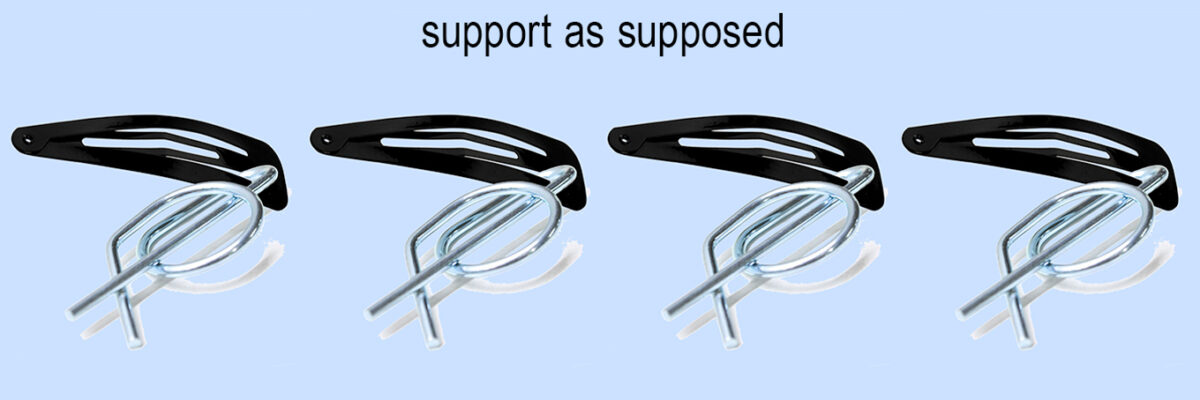
SUPPORT AS SUPPOSED
Als een object beleving draagt; Jan Duerinck medieert betekenis in verschillende materialiteiten. Wanneer voorwerpen van hun vanzelfsprekende functionaliteit worden ontdaan, vragen ze om opnieuw in een context te worden geplaatst. Banaliteit wordt zo onderwerp van reflectie. Niets is zomaar, of enkel wat het is. In zijn solotentoonstelling in STUK richt hij onze aandacht op spelden.
Jan Duerinck behaalde een master in beeldende kunsten aan LUCA Brussel in 2016. Hij resideert in Cas-co sinds 2019.
STUKCAFÉ
16 SEP - 14 NOV
GRATIS
OPENINGSUREN
ma - vr 11:00 - 2:00
za - zo 14:00 - 2:00
Uitzonderingen
ma 01.11 17:00 - 2:00
do 04.11 - zo 7.11: 10:00 - 2:00 (Rode Hond)
Installation shots © Jan Duerinck - bekijk de volledige reeks via deze link
Sinds najaar 2017 werken Cas-co en STUK samen aan solotentoonstellingen van beeldende kunstenaars verbonden aan Cas-co.
Locatie
Prijs
Gratis
Bijkomende info






